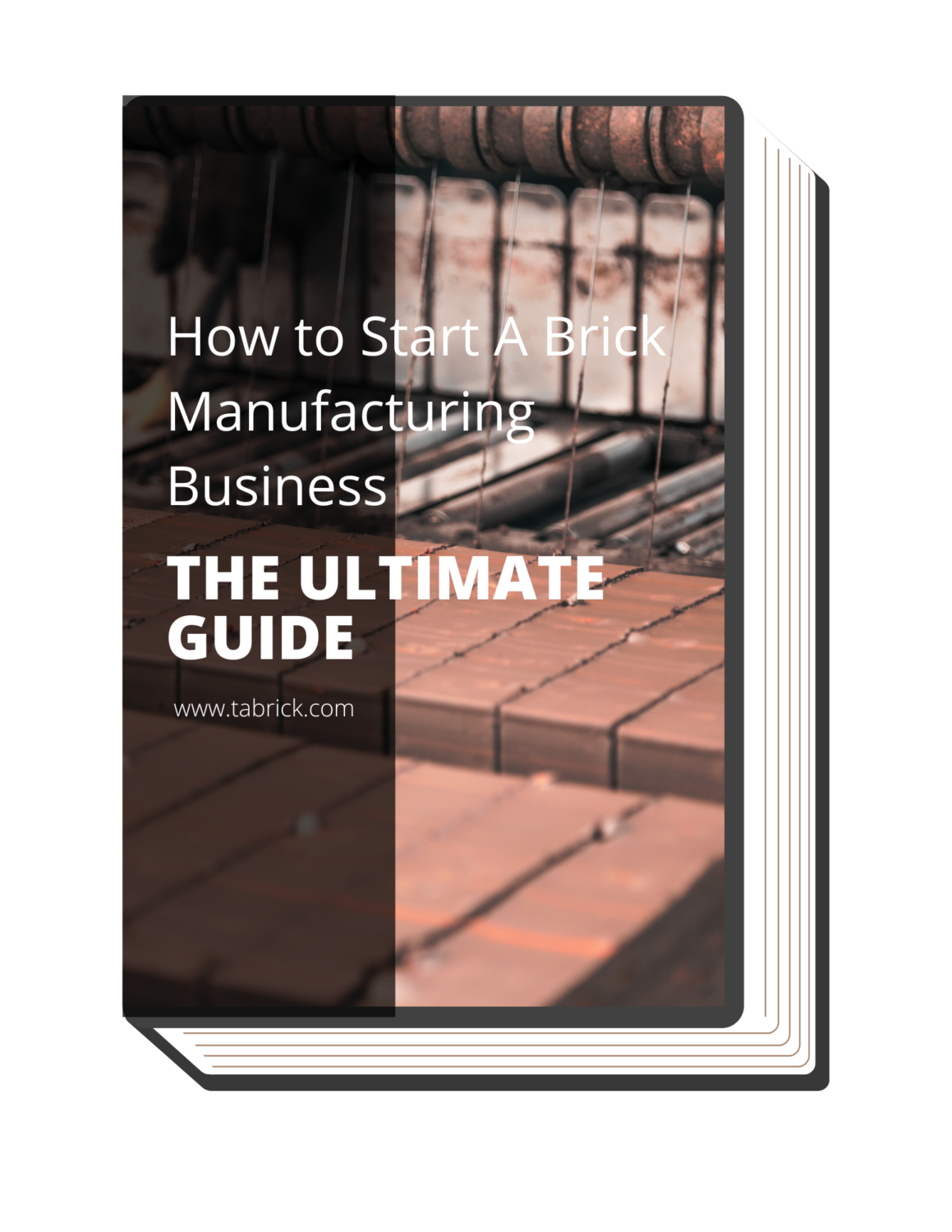Have you ever wondered how construction can be more eco-friendly, benefiting our planet without sacrificing quality? Globally, the construction industry contributes significantly to environmental degradation. The issue we face is substantial: How can we balance urban growth and development with sustainability and environmental protection?
Enter China’s permeable brick machine revolution. This game-changing innovation in the construction industry promises not only high-quality building materials but also solutions that are kinder to our environment.
Are you intrigued? Stay with me as we delve into this transformative technology and its implications for our future.
1. The Rise of Permeable Brick Technology
In recent years, permeable brick technology has been increasingly recognized as a promising sustainable approach to tackle environmental challenges that arise from urban development. These bricks, which are also referred to as pervious or porous bricks, have garnered significant attention due to their unique design, which allows water to permeate through the surface.
The best part is, by enabling the movement of water, permeable bricks aid in reducing the risk of flooding, while also promoting a more balanced urban ecosystem.
2. Understanding Permeable Bricks
Permeable bricks are a unique type of construction material designed with specific porosity levels to allow water to seep through into the ground. Unlike traditional bricks that are impermeable, these bricks help manage stormwater and contribute significantly to maintaining groundwater levels.
The unique design of permeable bricks is achieved through a special mix of materials and manufacturing processes. The bricks typically contain less sand and more aggregate, which leaves voids or gaps within the structure of the brick. In my experience, these voids allow water to pass through, directly recharging the groundwater and reducing surface runoff.
3. Types of Permeable Bricks
Permeable bricks come in several types, each made from different materials and serving different purposes. To understand carefully , here are some of the different types of permeable bricks:
Permeable Concrete Bricks
By utilizing permeable concrete bricks in urban areas, rainwater can be managed more efficiently and effectively. For example, instead of water pooling in large parking lots or streets, the permeable surface allows the water to seep into the ground, replenishing underground water sources and reducing the risk of flooding.
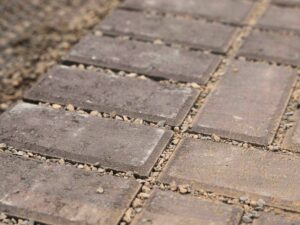
Permeable Ceramic Bricks
Permeable ceramic bricks are another type of porous construction material. These bricks are made by burning clay at high temperatures, creating a robust and permeable material. The use of permeable ceramic bricks is particularly prevalent in regions with hot climates, as they are highly resistant to heat and can withstand intense sun exposure.
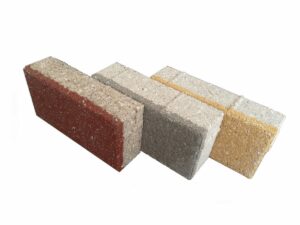
Permeable Composite Bricks
Permeable composite bricks are the latest addition to the family of porous construction materials. They are typically made from a combination of various materials, including concrete, ceramics, and recycled materials. Based on my experience, these bricks are known for their durability, strength, and high permeability.
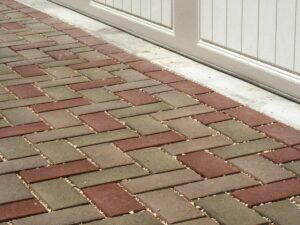
4. Environmental Benefits of Permeable Bricks
Permeable bricks provide a multitude of environmental benefits, making them a key player in the construction of sustainable cities. Below are some of the benefits of using permeable bricks:
Stormwater Management
Permeable bricks provide a simple and effective way to manage stormwater runoff, which can cause significant damage to infrastructure and the environment. By allowing water to seep through and be absorbed by the ground, they help to reduce the risk of flooding and erosion, while also replenishing natural water sources.
Reducing Urban Heat Island Effect
The urban heat island effect is a serious issue that can have detrimental effects on both human health and the environment. The solution is, using permeable bricks in urban areas to help mitigate this problem. Unlike traditional paving materials, permeable bricks absorb and retain less heat, reducing the overall temperature of urban areas. By using permeable bricks, we can create more sustainable and livable cities for all.
Groundwater Recharge
In urban areas, impermeable surfaces like concrete and asphalt prevent rainwater from infiltrating the ground, which can lead to a decline in groundwater levels. Permeable bricks offer a solution to this problem by allowing rainwater to seep through and replenish the groundwater supply.
Erosion Control
By reducing the amount of runoff, permeable bricks can also help prevent soil erosion. This is particularly useful in hilly areas where heavy rains can wash away the topsoil, leading to land degradation and instability. Permeable bricks, when used in these areas, ensure that rainwater seeps into the ground gradually, thereby preventing the forceful wash-off of the soil and protecting the terrain from erosion.
5. China’s Permeable Brick Machine Industry
The permeable brick machine industry in China has been on an upward trajectory, fueled by the growing demand for sustainable construction materials. Here’s some insight about the industry.
Overview of Market Size and Growth
China’s permeable brick machine industry has seen significant growth in recent years. This growth has been driven by the increasing awareness about environmental sustainability and the government’s push for green construction practices. Trust me, the market size is expected to continue to grow as more and more builders and developers recognize the benefits of using permeable bricks.

Leading Manufacturers and Innovators
China is home to several leading manufacturers and innovators in the permeable brick machine industry. Companies like Tabrick have been at the forefront, providing high-quality, efficient, and reliable permeable brick machines that cater to different production needs. These manufacturers continuously invest in research and development that enhance the efficiency and effectiveness of permeable brick production.
Government Policies Supporting Permeable Brick Usage
The Chinese government has been proactive in promoting the use of permeable bricks. Policies and regulations have been put in place to incentivize builders and developers to adopt this sustainable construction material. These policies, coupled with the environmental benefits of permeable bricks, have been instrumental in driving the growth of the permeable brick machine industry in China.
6. Key Components of Permeable Brick Machines
Permeable brick machines comprise several key components, each playing a vital role in the production of high-quality permeable bricks.. Below are some of the components:
Material Feeding System
The material feeding system is responsible for providing the right amount of materials to the machine for the creation of bricks. This system ensures that the machine is consistently supplied with the needed materials, thereby maintaining the efficiency of the production process.
Hydraulic Press System
In addition to brick-making, hydraulic press systems are used in various industries to compress materials into different shapes and forms, such as metalworking and plastic molding. For instance, a hydraulic press can be used to create precise shapes in sheet metal for automobile parts manufacturing.
Vibration Mechanism
The vibration mechanism is an essential component of a permeable brick machine, as it helps to ensure the uniformity and quality of the final product. During the pressing process, the vibration mechanism vibrates the materials, which helps to evenly distribute the mix and ensure that the resulting brick is of uniform density.
Palletizing System
As someone who understands the importance of efficient and streamlined manufacturing processes, I can attest to the vital role that the palletizing system plays in the brick-making process. Without this system, the process would be much slower and less productive, which could impact the availability and affordability of construction materials.
7. Applications of Permeable Bricks
Permeable bricks have a wide range of applications, from urban infrastructure to residential and commercial landscaping and beyond. Here are some examples:
Urban Infrastructure
As cities around the globe are rapidly evolving and adapting to the pressures of climate change and increasing urban populations, the need for smart and sustainable solutions for urban infrastructure has never been more pressing. One of these innovative solutions that are making a remarkable impact is the use of permeable bricks.

Sidewalks and Walkways
According to USGS, permeable pavement can reduce the concentration of some pollutants either physically, chemically, and biologically. Their unique porous structure allows rainwater to seep into the ground, reducing the risk of puddles forming on the walking surface. This leads to safer, more accessible walkways even during heavy rainfall.
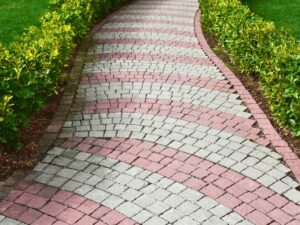
Parking Lots
Permeable bricks are also ideal for parking lots. Traditional asphalt parking lots contribute significantly to water runoff and heat island effects. However, by using permeable bricks, rainwater is absorbed into the ground, reducing flooding and heat absorption. This results in cooler, safer parking spaces.
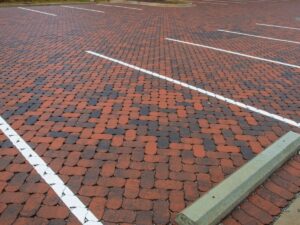
Plazas
Urban plazas or open spaces can greatly benefit from permeable bricks. These spaces often have large, hard surfaces that contribute to water runoff and heat absorption. I know you will agree with me that by using permeable bricks, plazas can effectively manage stormwater, reduce heat islands, and contribute to a more pleasant urban environment.
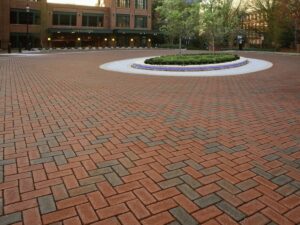
Residential and Commercial Landscaping
In residential and commercial landscaping, permeable bricks offer a beautiful and sustainable paving solution. They can be used to construct patios, driveways, and other outdoor spaces. They not only enhance the aesthetics of these spaces but also contribute to better water management.
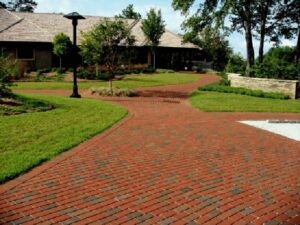
Road Construction
Road construction is another area where permeable bricks are gaining popularity. They are being used to construct roads in areas that receive heavy rainfall, as they can effectively manage stormwater runoff and prevent flooding.
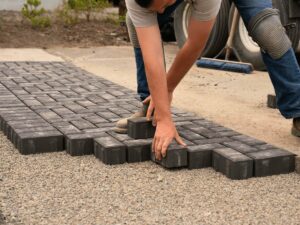
Agricultural Applications
In agriculture, permeable bricks are used to construct walkways and driveways in farms and greenhouses. They help manage water runoff, reducing the chances of soil erosion and water logging. Furthermore, they contribute to groundwater recharge, a crucial aspect of agriculture.
8. Cost Analysis of Permeable Brick Machines
Investing in a permeable brick machine is a strategic decision that requires careful consideration of several factors. Below are some points to consider:
Initial Investment
The upfront financial commitment required to procure a permeable brick machine can differ significantly based on the machine’s capacity and incorporated features. Machines that are designed to produce a high volume of bricks and come equipped with advanced features and technologies are typically situated at the higher end of the price spectrum compared to their simpler counterparts.
Operational Costs
The ongoing operational costs associated with running a permeable brick machine are another key financial consideration. These costs comprise a range of expenses, including electricity consumption, regular maintenance, procurement of raw materials, and wages for the workforce. Each of these elements contributes to the overall operational expenditure of the machine.
Maintenance and Repair Expenses
Like any other piece of industrial equipment, permeable brick machines necessitate consistent maintenance to ensure optimal functioning and longevity. Regular upkeep might include tasks like part replacements, cleaning, and tune-ups to keep the machine running smoothly. The solution is, in addition to these routine maintenance costs, it’s also important to account for potential repair expenses.
The following table outlines the categories, descriptions, estimated cost ranges, and frequencies associated with the maintenance and repair expenses for permeable brick machines.
| Category |
Description |
Cost Range (USD) |
Frequency |
| Maintenance |
Routine upkeep tasks |
$100 – $500 |
Monthly |
|
Part replacements |
$50 – $200 |
As needed |
|
Cleaning |
$50 – $100 |
Monthly |
|
Tune-ups |
$200 – $300 |
Biannually |
| Repair |
Unforeseen repairs |
$200 – $2000 |
Varies |
|
Component replacements |
$100 – $1000 |
As needed |
|
Repair labor costs |
$50 – $150 per hour |
As needed |
|
Electrical repairs |
$100 – $500 |
As needed |
Return on Investment
The return on investment (ROI) for a permeable brick machine can be calculated by considering the selling price of the bricks and the production capacity of the machine. Given the growing demand for permeable bricks, the ROI can be quite attractive.
9. 5 Factors To Consider When Buying China Permeable Brick Machine
When buying a permeable brick machine from China, it’s essential to consider the following critical factors.
#1 Reputation of the Manufacturer
The reputation of the manufacturer is a crucial consideration when purchasing a permeable brick machine. Tabrick has a proven track record of delivering high-quality products and offering excellent customer service. I advise you to do some background research on the manufacturer, check customer reviews, and examine their previous projects.
#2 Specifications of the Machine
The specifications of the permeable brick machine should align with your production needs. Check the machine’s production capacity, the type of materials it can handle, its energy efficiency, and its automation level. The machine should be able to produce bricks of the desired size, shape, and permeability level. Remember, the aim is to find a machine that will efficiently meet your specific production requirements.
#3 After-Sales Service
After-sales service is another crucial factor to consider. Even the best machines may need technical support, routine maintenance, or occasional repairs. A manufacturer with a reliable after-sales service can provide you with the necessary technical support, spare parts, and maintenance services whenever needed. This will ensure that any downtime is minimized, and your production process runs smoothly.
#4 Cost of the Machine
While it’s important to invest in a high-quality machine, you also need to consider the cost implications. It’s crucial to strike a balance between quality and cost, making sure you get the best value for your money. According to Quality-One, the goal of implementing Cost of Quality methodology is to maximize product quality while minimizing cost.
#5 Compliance With Standards
Ensure that the machine complies with all relevant safety and environmental standards. Compliance with these standards is not only a legal requirement in many regions but also a guarantee of the machine’s safety and reliability. Check for certifications from recognized standards bodies to confirm the machine’s compliance.
Dive Deeper Into Our Resources
Looking for more diverse product options? Browse through our handpicked selections:
For some insightful reads, we’ve curated a list of recommended articles just for you:
Still haven’t found what you’re looking for? Don’t hesitate to contact us. We’re available around the clock to assist you.
10. Conclusion
Permeable bricks are an innovative solution to some of our most pressing environmental challenges. Believe me, as the demand for these bricks continues to rise, the permeable brick machine industry in China is poised for significant growth. If you’re considering investing in a permeable brick machine, you are indeed looking at a promising business venture.
For the best permeable brick machines in the market, look no further than Tabrick, a leading manufacturer in the industry. With our top-quality machines, comprehensive after-sales service, and commitment to innovation, we are your go-to partner in your permeable brick production journey. Contact us to learn more about our products and services. We are more than ready to support your business growth.










